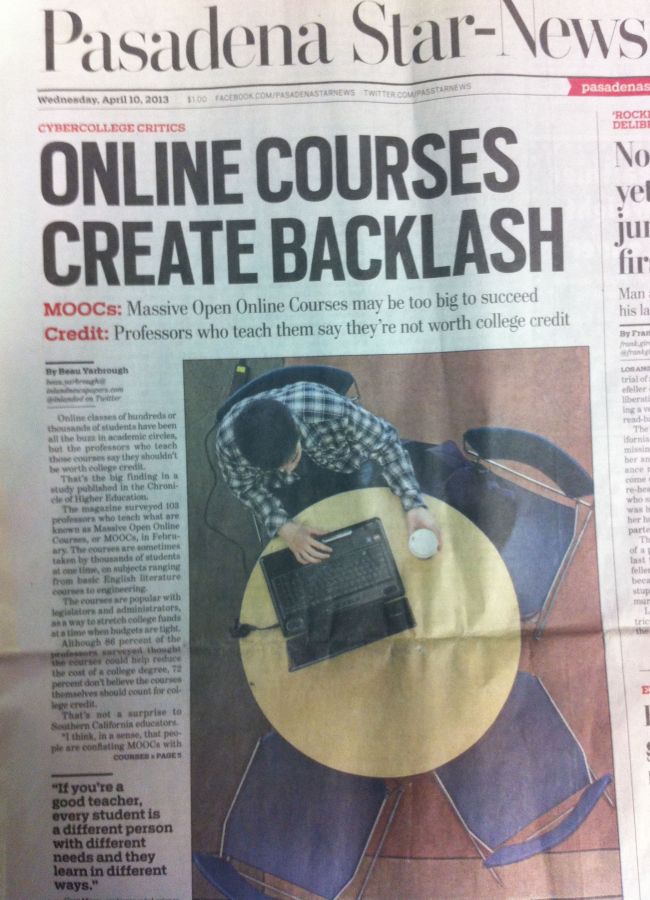Cardiovascular diseases are the number one killer in the world. Nearly one million people in the United States die from these diseases (heart disease and strokes) every year. This is more than the number who die from all types of cancer and lung diseases combined. Here are the latest available statistics from the U.S. Centers for Disease Control and Prevention:
http://www.cdc.gov/nchs/fastats/lcod.htm
Elevated lipid levels in the blood is a major risk factor for all cardiovascular diseases. This condition, called “hyperlipidemia”, is characterized by increased levels of cholesterol (and cholesterol esters), triglycerides (fats), or both in the blood.
In light of the importance of these diseases in human health, I have collected links to a number of web-based resources on the subject and placed them on one page. The level of knowledge in these resources is designed for the average adult or beginning student in the health sciences. Many are published on the MEDLINEplus website which is curated and maintained by the U.S. National Library of Medicine, a unit of the U.S. Department of Health and Human Services (National Institutes of Health).
Recently I moved this list of resources from it original location (a standard HTML webpage) to my Keck Wiki website so that it would be easier to maintain. I have validated all of the existing links and removed any that are no longer supported by their authors.
If you would like to comment or suggest other valuable resources that could be added to my list, please feel free to contact me at any time. I will be happy to hear from you and will try to incorporate your suggestions.
Currently there are 62 links on this page.
http://qwiki.usc.edu/keckwiki/HyperLipidemiaResources
List of hyperlipidemia resources:
MEDLINEplus – National Library of Medicine
Lipid Disorders
Lipid Disorders – acquired
Familial combined hyperlipidemia – “Multiple lipoprotein-type hyperlipidemia (Freq = 1:100 heterozygous; 1:10,000 homozygous)”
Familial hypercholesterolemia (FH) – “Type II hyperlipoproteinemia; Hypercholesterolemic xanthomatosis; Low density lipoprotein receptor mutation; (Freq = 7:1,000; 10 million worldwide)”
Familial hypertriglyceridemia – Elevated VLDL; (Freq = common)
Familial dysbetalipoproteinemia – “Type III hyperlipoproteinemia; Deficient or defective apolipoprotein E (Freq = 1:10,000)”
Chylomicronemia syndrome – Familial Lipoprotein Lipase Deficiency (1:million)
Familial lipoprotein lipase deficiency – (Freq = 1:million)
Bassen-Kornzweig syndrome – “Abetalipoproteinemia; Acanthocytosis; Apolipoprotein B deficiency; (Freq = Rare, 70% males)”
Atherolsclerosis, Arteriosclerosis
Atherosclerosis – Hardening of the arteries
Arteriosclerosis of the extremities – Peripheral vascular disease; PVD; Arteriosclerosis obliterans
Coronary Artery Disease (CAD)
Coronary artery disease – Stable angina
Myocardial infarction
Coronary artery disease (image)
Coronary artery blockage (image)
Stroke
Stroke – Cerebrovascular disease; CVA; Cerebrovascular accident
Carotid stenosis (image)
Transient ischemic attack (TIA) – Mini stroke; TIA; Little stroke
Stroke or “brain attack”
Stroke secondary to atherosclerosis
Carotid Artery Disease
Carotid artery surgery – Carotid endarterectomy
Endarterectomy (image)
Carotid duplex – Ultrasound procedure
Cerebral angiography – Vertebral angiogram; Angiography – head; Carotid angiogram
Cranial CT scan – “A CT scan (computed tomography) of the head, including the skull, brain, orbits (eyes), and sinuses.”
Cholesterol and Fats
Coronary risk profile – Lipids – serum; Lipoprotein/cholesterol analysis
Cholesterol
Cholesterol test – Total cholesterol; Lipid test; Lipoprotein test
Fat – Saturated fat; Diet – fat; Polyunsaturated fat; Monounsaturated fat; Lipids
Triglyceride level
Fenofibrate (Systemic) – “Antihyperlipidemic drug (Tricor), lowers triglycerides”
Blood test (image)
Lipoproteins, Apolipoproteins
LDL – Low density lipoprotein
HDL – High density lipoprotein
VLDL – Very low density lipoprotein
Apolipoprotein CII
Apolipoprotein B100 – LDL and IDL
Xanthoma
Xanthoma and Xanthelasma – Fatty deposits under the skin (images)
“Xanthoma, eruptive – close-up (image)”
Xanthoma – close-up (image)
Xanthoma – close-up (image)
Xanthoma on the knee (image)
Blood Clots
Blood clots – Clot; Emboli; Thrombi
Deep venous thrombosis – DVT; Blood clot in the legs
Retinal vessel occlusion – Retinal vein occlusion; Retinal artery occlusion
Related Disorders
Heart disease – All cardiovascular disorders
Chronic pancreatitis – “Chronic relapsing pancreatitis (Freq = 1:10,000)”
Hypertensive heart disease – “(Freq = 7:1,000)”
Diabetes – Affects 16 million Americans
Other Web Resources
National Cholesterol Education Program (NCEP) – “National Heart, Lung, and Blood Institute (NHLBI)”
Cholesterol Management Tool for Palm OS – ATP III Cholesterol Management Implementation Tool for Palm OS
Clinical Practice Guidelines – Detection and treatment of hyperlipidemia (UT Southwestern)
MEDPED – FH nonprofit research organization (Utah)
Center for Drug Evaluation and Research – U.S. Federal Drug Administration
ICD-9-CM Codes 240-279 – “Endocrine, Nutritional and Metabolic Diseases, and Immunity Disorders (240-279)”
HMG-CoA Reductase Inhibitors – “Statins, cholesterol lowering drugs”
TRICOR (fenofibrate)
American Heart Association
Hyperlipidemia
Postgraduate Medicine Journal
Cardiovascular Events – March 2011
Hyperlipidemia – December 2000
QR Code for URL

QR Code for URL
Generated by http://qrcode.kaywa.com/


